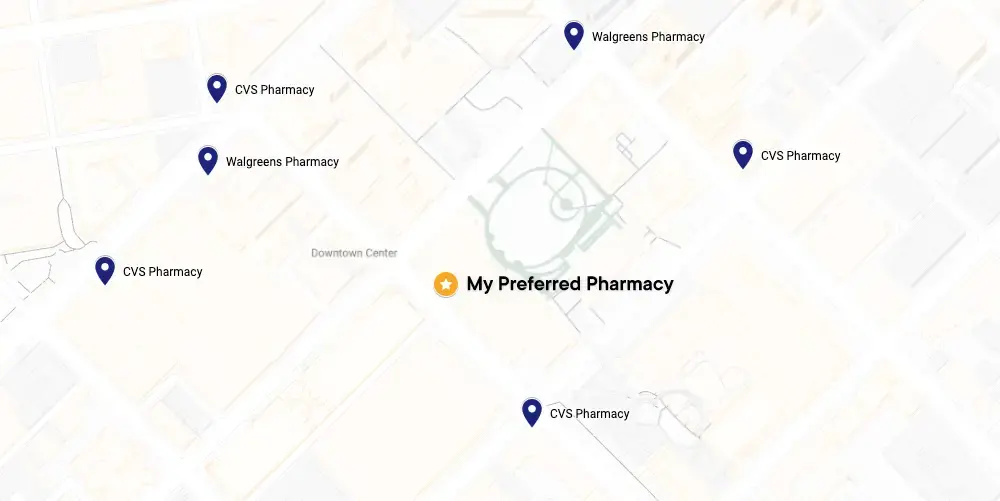Penicillin Prescription FAQs
How much does penicillin cost?
Depending on your pharmacy, penicillin costs around $12 for six 500 mg oral tablets without insurance.
How can I refill my penicillin prescription?
To refill your penicillin prescription, book a virtual appointment with one of our top-rated board-certified doctors. After reviewing your symptoms and medical history, your healthcare provider can send an electronic prescription to your local pharmacy if deemed appropriate.
Who should not take penicillin?
To make sure penicillin is safe for you, tell o your doctor if you have:
What happens if I miss a dose of penicillin?
If you miss a dose of penicillin, take the missed dose as soon as you remember. Skip the missed dose if it's almost time for your next dose. Avoid taking two doses to make up for a missed dose.
What happens if I take too much penicillin?
If you've taken too much penicillin, seek emergency medical attention or contact your local poison control center.
What is penicillin used for?
Broad-spectrum penicillins are used to treat bacterial infections such as strep throat infections, urinary tract infections, ear infections, sinus infections, and more.
Where is penicillin found?
Penicillin is found in penicillin mold, which naturally produces penicillin.
What is the drug name for penicillin?
Commonly prescribed penicillins include amoxicillin, oxacillin, and ampicillin.
Can you buy penicillin over the counter?
No, you cannot buy penicillin over the counter. You'll need a prescription from a licensed medical doctor before you can buy penicillin antibiotics.
Fortunately, it's easy to book an online appointment with one of our top-rated board-certified doctors, who can prescribe penicillin. Once you have a prescription, you can buy penicillin from a reputable online pharmacy or pick it up in person.
Where can I buy penicillin?
Penicillin is not available over the counter, but licensed medical doctors can prescribe penicillin online.
Get penicillin prescribed online by booking an appointment with one of our board-certified doctors. During your phone or video appointment, the doctor will decide if penicillin is right for you. The physician will then send your prescription to your local pharmacy, allowing you to buy the penicillin antibiotic you need.
What does penicillin do?
Penicillin prevents bacteria from building a cell wall so they are unable to multiply and eventually die off. Cell walls are necessary for the survival of bacteria as they hold the bacterial cell together.
What are the risks associated with penicillin?
Although very rare, some side effects of penicillin or any other antibiotic may be severe. It’s important to discuss your entire medical history with your doctor to ensure penicillin is prescribed safely. Risks of antibiotic overuse or misuse – for example, repeated use of penicillin when you have a viral infection – can lead to antibiotic resistance and even a dangerous infection called C. diff (clostridium difficile).






